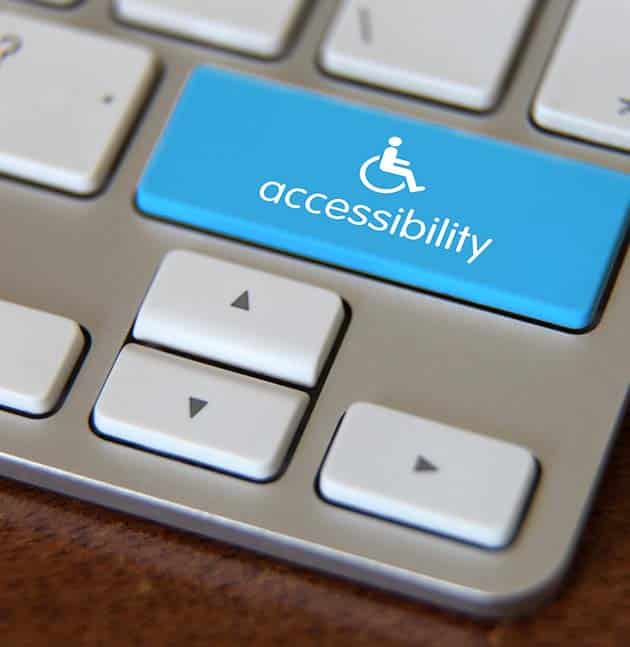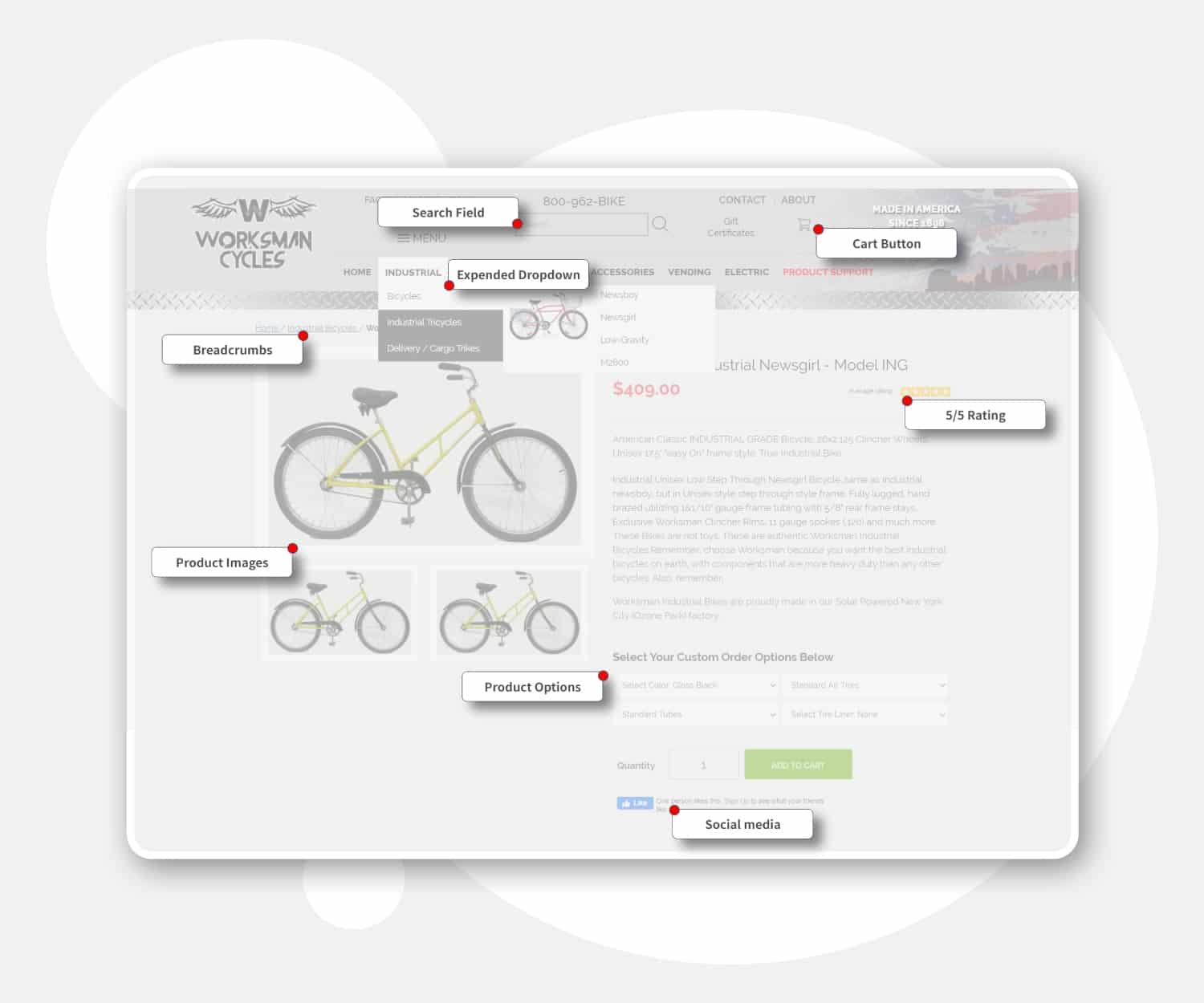
Protect your online business from lawsuits and open your website to the world with our
ADA
Compliance
PRICE: $699 per year


WHAT IS ADA COMPLIANCE FOR WEBSITES?
In 2016, the ADA began to include websites in compliance requirements. ADA compliance is meant to ensure that people with disabilities have the same opportunities as anyone else… This means that your website needs to be accessible to people who have disabilities that affect their hearing, vision, or physical capacities. Specifically, Title Ill of the ADA prohibits discrimination based on disability in a place of public accommodation, including airports, movie theatres, schools, restaurants, and office buildings. All public places and privately-owned commercial facilities must also comply with ADA standards.
WHY DO
YOU NEED ADA
There are many risks of not having an ADA compliant website. The biggest risk, however, is a potential lawsuit from a plaintiff with a disability that claims they do not have adequate access to the content on your website. This may be a potential customer with a disability that simply cannot access or purchase the goods and services on an eCommerce website, a disabled student looking to apply to a university online, or a person with a disability that’s interested in filling out a job application online.
Most of the ADA website compliance lawsuits that we’ve seen thus far have fallen under one of these categories. If a person is unable to apply for employment or enrolment at a university online due to their disability, that person would have a strong case for discrimination in court.
The Upward Trend of ADA Website Compliance Lawsuits I in 2019, according to an analysis by international legal firm Seyfarth Shaw, web accessibility federal lawsuits hit record numbers, with 11,053 suits filed in federal court, an 8.8°/o increase from 2018. This increase may be in response to a ruling by the U.S. Court of Appeals for the Ninth Circuit which reversed a federal judge’s 2017 dismissal of a case against Domino’s Pizza. A man who is blind complained that he was unable to use Domino’s website or mobile app because neither was accessible. This reversal might have triggered more plaintiffs to launch web accessibility lawsuits.
Over the years, people have filed web accessibility lawsuits over Section 508 of the Rehabilitation Act violations. Section 508 federal departments and agencies ensure ICT (information and communication technology) they use is accessible. People have taken legal action against both the Social Security Administration and the Department of Homeland Security over Section 508 violations.
What is the Benefit?
There are many BENEFITS to making your website ADA compliant. If you’re wondering if it’s worth looking into, these advantages of doing so may convince you.
HOW DOES
Our SOLUTION
With the Digital Design Solutions ADA Compliance Interface
FIRST, we will review your site to assess your level of ADA compliance. SECOND, we will apply your site’s temporary fixes as needed. NEXT, we will apply comprehensive fixes to your site and create an easily identifiable user interface on your site which will allow disabled visitors to easily customize your site to their individual needs. Our interface is designed to cover all accessibility requirements relating to the User Interface and will not change the look and feel of the website design. Our solution allows users with visual or physical impairments to instantly match your website’s design to their specific individual needs. From colors and sizes for fonts to spacing and emphasis on titles. We even address GIF and animation controls for seizure disorders. With the Digital Design Solutions ADA Compliance Interface, everything is covered.

Personal UI & Design
adjustments powered
by an interface


How we protect you from litigation including
Click on the regulation for details
Digital Design Solutions protects your company from ADA compliance litigation through a multi-tiered approach that includes rigorous auditing of your existing site, painstakingly identifying any ADA compliance issues. This is then coupled with our comprehensive solution that works on the back end of your site on a code level, to modify all related aspects necessary to drive your compliance.
Once we have identified and corrected your existing compliance issues, we then use our AI technology, which continually scans the ADA compliant site for new or updated regulations they have posted. That same AI capability scans your site on a daily basis, updating new items as Instagram and Facebook Feeds or newly added content or images, to ensure your compliance. These daily scans are logged in an auditable, timestamped log report that is provided to you anytime we make changes to your site.
LET’S GET
LOOKING FOR THE PERFECT ADA COMPLIANCE SOLUTION?


